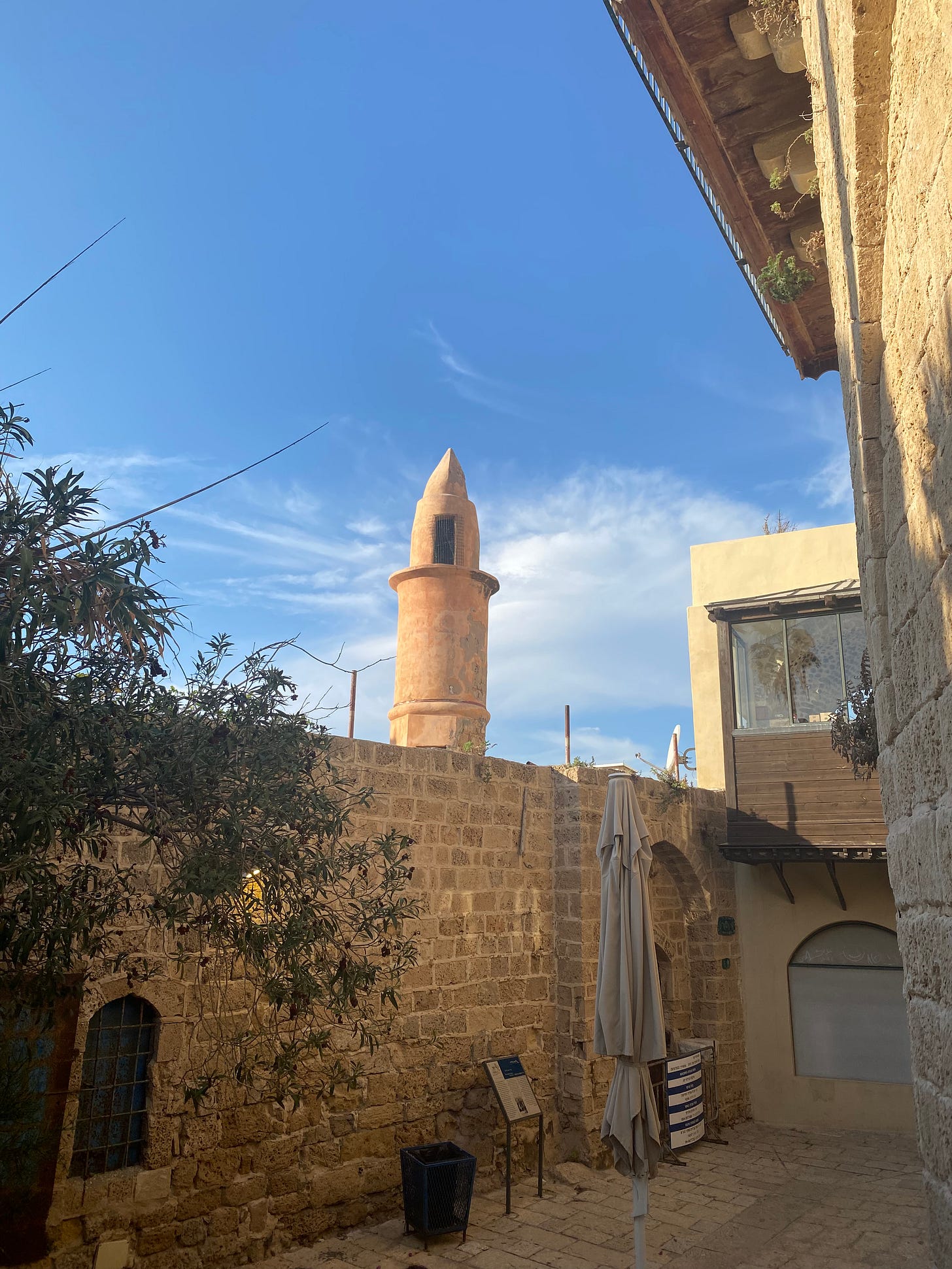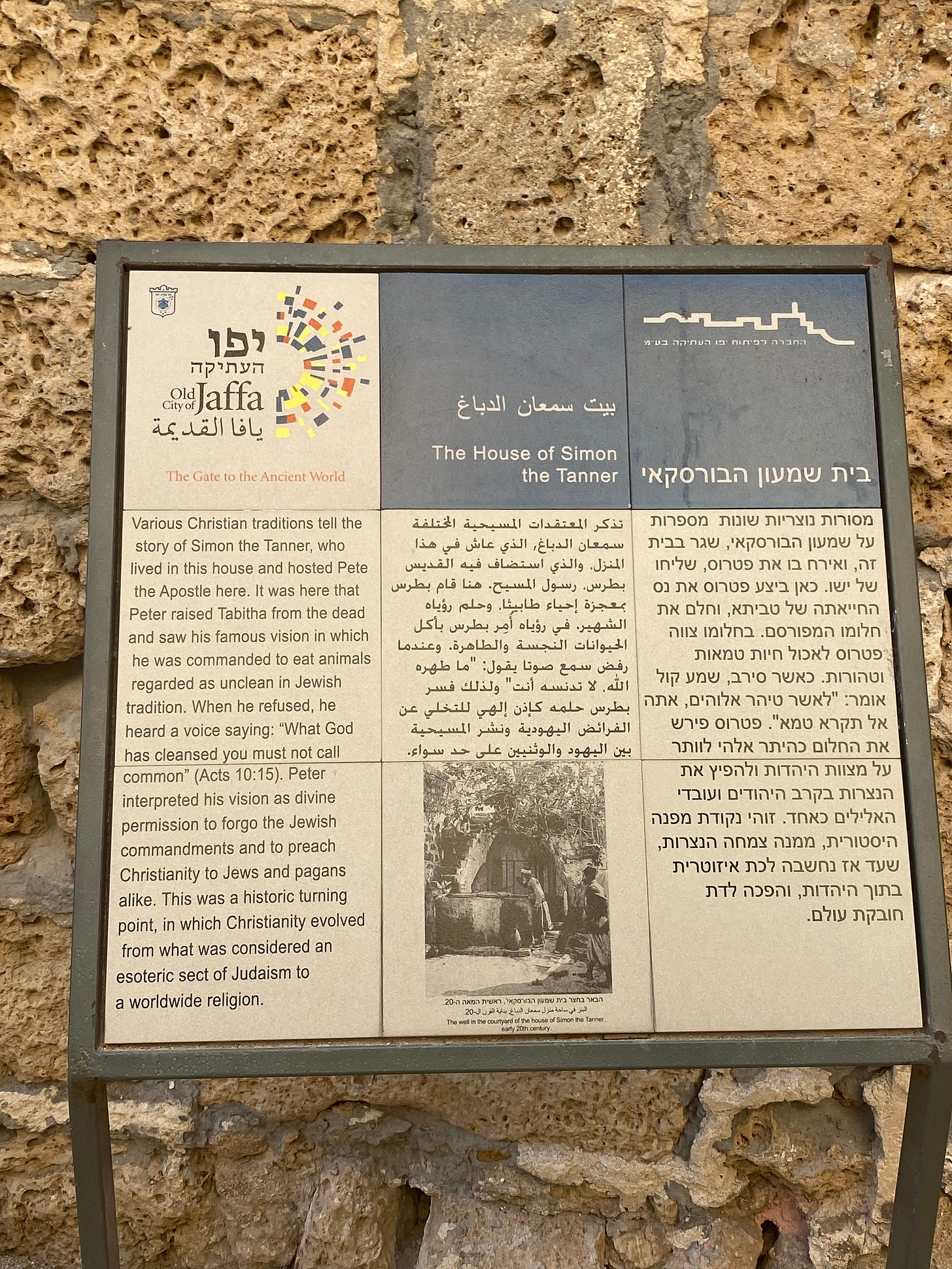What’s the Reason God Heals People?
Another Purpose Behind Peter’s Healing Power in Acts 9

This past Sunday, as we followed Luke’s narrative in the book of Acts, we looked at Peter in order to see Jesus’ lordship in the healing of Aeneas and Tabitha.
Sermon Leftovers
Each Sunday, our preachers seek to make the main point of the Scripture passage the main point of the sermon, but every week the time spent studying God’s Word leads to lots of sermon scraps that need cutting and sometimes these extra study notes make for some good leftovers. This devotional post is a small sampling of last Sunday’s sermon leftovers.
A Woman Disciple
First, I found it fascinating that Tabitha is called a “disciple” in Acts 9:36 and that this is the only time in the entire New Testament that the word disciple appears in the feminine form instead of the masculine. I’m not sure what all to make of this, but I do think it’s worth noting that between the two stories of Aeneas and Tabitha, Luke clearly devotes more time and attention to Tabitha’s character.
We learn far more about her than we do about him. And in a 1st-century society where women were often not esteemed with much value or dignity, Jesus and his disciples routinely pushed against that cultural trend by highlighting the wonderful qualities of women.
A Woman Full of Good Works
For instance, consider a second observation that didn’t make it into the sermon. Luke not only calls Tabitha a disciple, but he also describes her as a woman full of good works and acts of charity. It seems fairly obvious that the very widows who are weeping when Peter arrives are the most likely recipients of her love and generosity, especially since verse 39 says they were “showing tunics and other garments that Dorcas made while she was with them.”
The Greek phrasing here suggests that the widows were actually wearing clothing that Tabitha had made for them. Which explains why she would have been deeply missed. She was a kind, compassionate, and industrious woman of God who faithfully served her community with her skills and her heart.
A Woman Healed to Help
Which brings us to a third and final leftover. In Acts 9:41, Luke tells us that Peter presented Tabitha alive to the saints and then he singles out the widows. If you read all 28 chapters of Acts, you’ll find that the word widow only appears three times: Acts 6:1, 9:39, and 9:41. That’s it.
Luke’s decision to highlight the widows in this scene is not incidental. It’s a signal that this miracle was not just about proving Jesus/Peter’s power, it was also about restoring a community.
In other words, Luke wants you to see Tabitha’s love and care for widows so that you can see Jesus’ love and care for widows.
All of these details led me to imagine what it must have been like to be one of those widows who were weeping as they waited for Peter and then amazed with joy to see her alive again. Yes, it was a powerful miracle. But even more, it was a tender mercy. Jesus was still using Tabitha’s life to strengthen and encourage the very ones she had so faithfully served.
What If Healing Isn’t Just About You?
Therefore, the next time you’re sick or someone you love is suffering, what if we didn’t just pray for healing to display God’s power over sickness?
What if we also prayed that God would heal them so that they could get up and serve the poor, the weak, and the widows in their community?
Jesus doesn’t just save us from sin and sickness. He saves us for something.
He fills us with His Spirit so we can do the good works He prepared for us to walk in (see also Ephesians 2:8–10).






This is so good….. for Bible study, we just went over Luke 11:37-53, and I saw how Jesus, the Wisdom of God, was calling out to the Pharisees and lawyers to repent to restore them to Himself. It is so neat to see that the word “calling” is also in Acts 9:41, as an invitation for the saints and widows to believe in the name of Jesus and His restoring power.